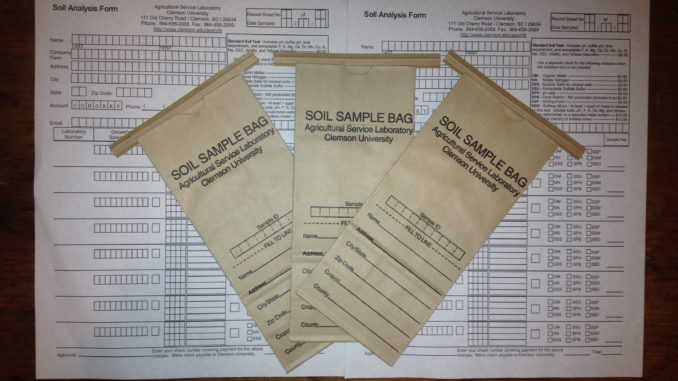
Yes, it is only July, and deer hunting may be out of sight and mind for most hunters, but lush food plots come from advanced preparation. They should not get too far from one’s mind. Preparations for cool-season food plots should start this month.
The fall planting season is three months away, allowing ample time to collect soil samples and correct acid/base balance. Food-plot crops require certain nutrients in order to develop properly. While all plants have a preferred pH range, necessary macro and micro nutrients can only be available to these plants in a specific range, but what does this really mean? It’s solubility. Fourteen of the 17 essential nutrients become utilized through the soil. They must be soluble to be absorbed into the root system and to allow chemical reactions within the plant cells.
For instance, phosphorus promotes growth and holds off maturity. Within cells, phosphorus is responsible for direct biological reactions and also serves as a catalyst for other reactions. Depending on the pH level, phosphorus will react with other elements in the soil. Without being too technical, if pH is not in its ideal range between 6 and 7, insoluble compounds form when phosphorus is added. Insoluble phosphorus in the soil is of no use if unavailable to plants, and applying expensive fertilizing becomes worthless and unproductive.
Correcting pH is probably one of the most important factors for nutritious food plots. Most require a pH range between 6 and 7, with the exception of a few specific crops that can withstand readings below 5. The closer a soil can reach a neutral pH of 7.0, the more available the nutrients will be. With the exception of a few soil types, most soils will fall on the acidic side and must be corrected with basic amendments of lime.
There are two basic types of agriculture lime, dolomitic and calcitic. Dolomitic lime is composed of magnesium carbonate and most commonly used. It is slow acting (three to six months) but contains one of the essential plant elements responsible for plant growth. Applications of dolomitic lime should be applied at one ton per acre but shouldn’t exceed 1 ½ tons per acre per application. Calcitic lime is mainly calcium carbonate and is faster acting (immediately up to 45 days), but it lime is more concentrated and can be applied with small spreaders. Applications of calcitic lime should not exceed 250 pounds per acre per application.




Be the first to comment